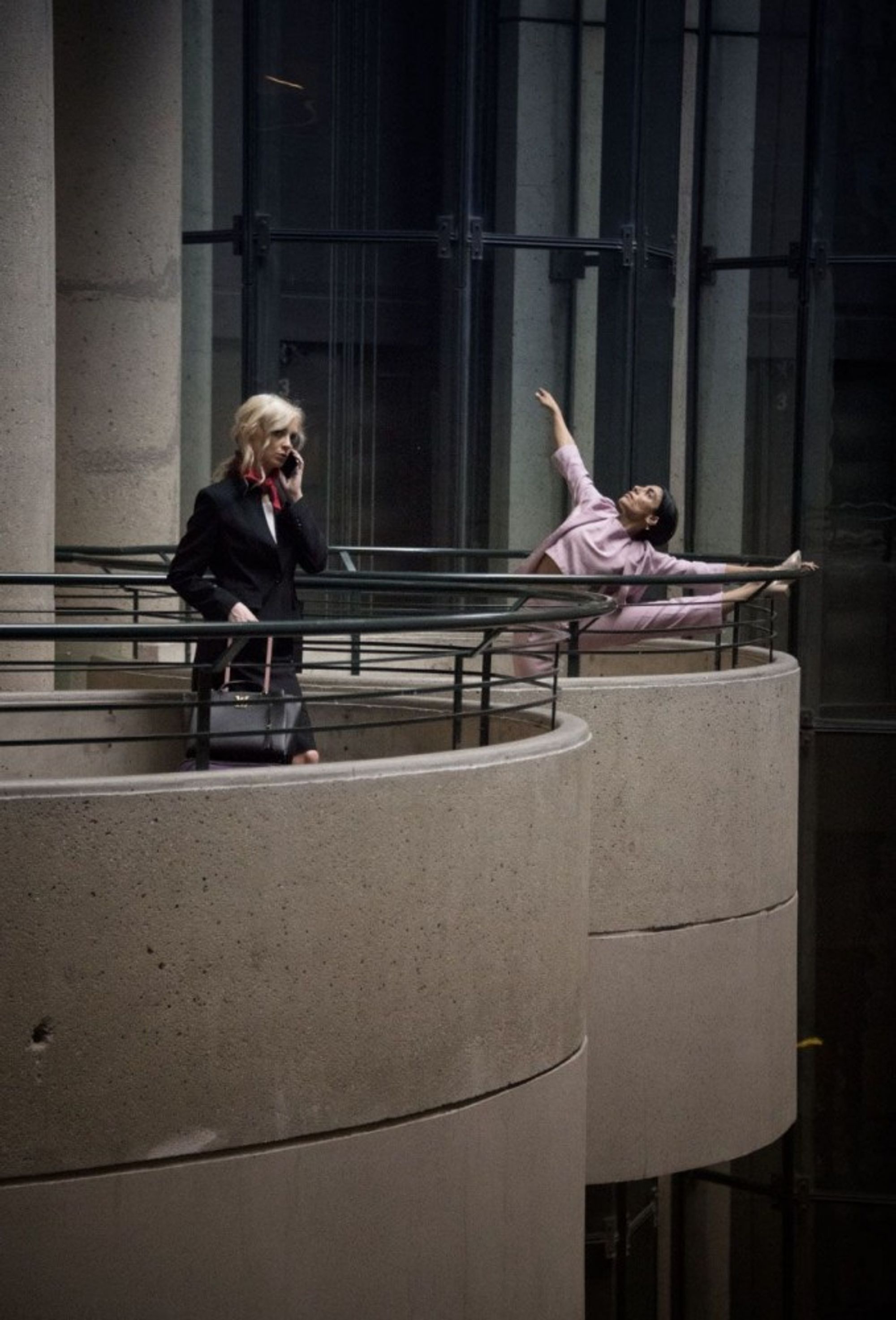
Construction is not just about physical structures; it’s about the intangible spaces we inhabit — the realms of imagination, creativity, and possibility. It’s about those who dare to challenge the status quo and redefine the boundaries of what is possible. This issue is by and about those whose minds are perpetually building.

Interview
SOFT BAROQUE TURN MODERNIST ICON INTO WOODEN CHAIR
by Felix Burrichter

Interview
INTERVIEW WITH ANUPAMA KUNDOO


Story
BOCCI’S OMER ARBEL’S FORAY INTO ARCHITECTURE

Interview
ENERGY FIELD: AN INTERVIEW WITH CAMILLE OKHIO

Story
BEHIND THE SCENES IN THE MOLTENI ARCHIVE
by Emma Leigh Macdonald

Interview
FRANCESCO VEZZOLI‘S SET FOR LIFE
by Sofia Pia Belenky

Story
SOPHIE TAEUBER-ARP’S JOYOUS ABSTRACTIONS

Story
L.A.’S NEW OLYMPIC FRONTIER

Interview
SHOHEI SHIGEMATSU

Story
IMPRESSIONS FROM A DAY WITH NOT VITAL

Story
SPECIAL EDITION PIN–UP 36: UNDER CONSTRUCTION
by PIN–UP

Interview
HERZOG & DE MEURON’S COMMUNITY-BUILDING ART SPACES
by Felix Burrichter

Interview
FREE RADICALS: BB’S FABRIZIO BALLABIO AND ALESSANDRO BAVA
by Federico Sargentone

HOTHOUSES: Architecture And The Onslaught Of Heat Fatigue

SUNSETS: Scarpa’s Tomba Brion, Kahn’s Salk Institute, and Geomancy
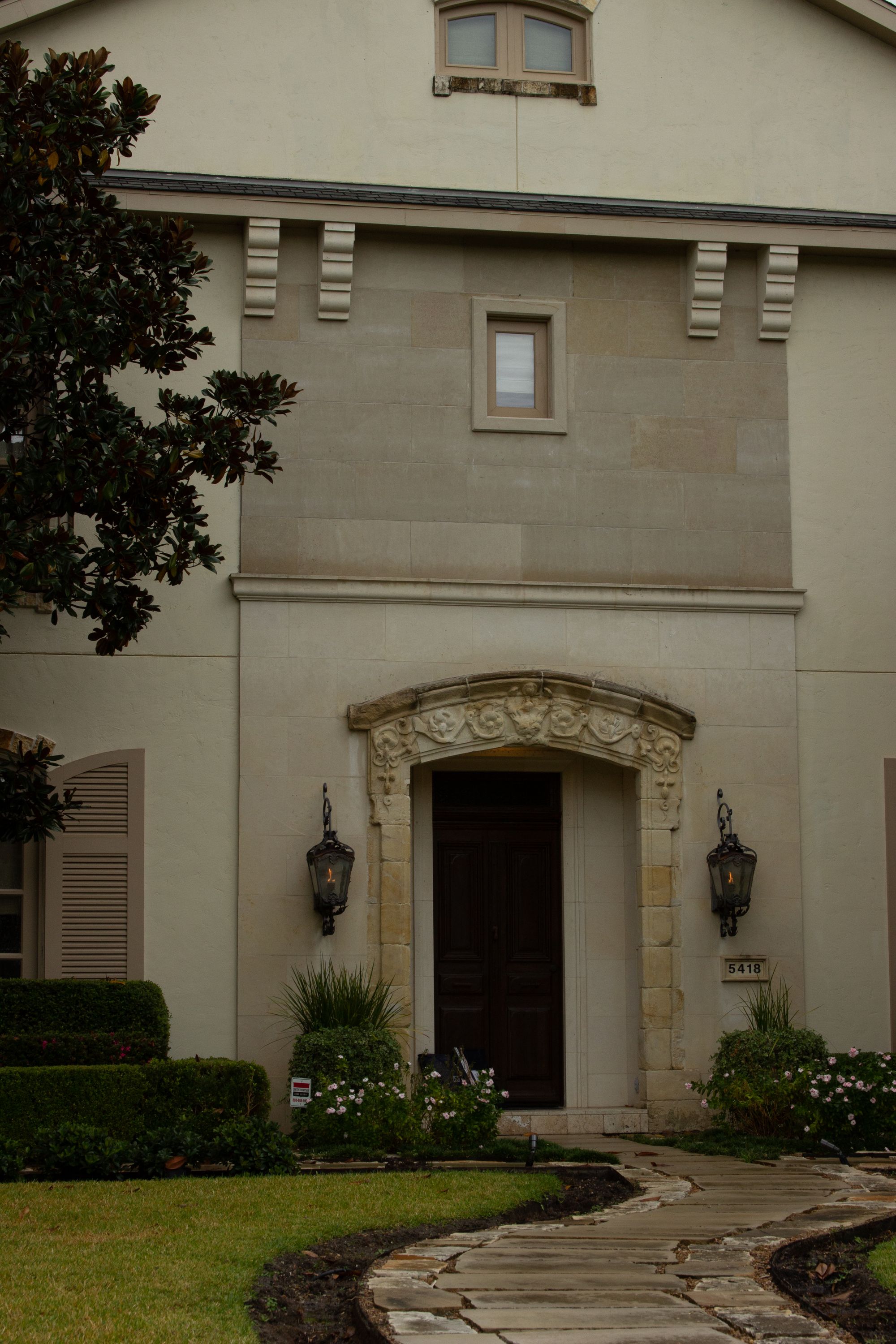
Story
ARE BUSH-ERA STARTER CASTLES BOUND FOR A COMEBACK?

Story
IC LIGHT: Michael Anastassiades’s Modern Classic Celebrates Ten Years

Interview
MICHAEL E. REYNOLDS

Interview
GENEVIEVE GOFFMAN AND THE NEW TECHNOROMANTICS

Interview
INTERVIEW WITH ANUPAMA KUNDOO
by Victoria Camblin

Story
URBAN JUNGLE GYM WITH SCAFFOLDING
by Frank Nesbitt

Story
FAYE TOOGOOD’S GAME OF SQUASH

Story
ADAM PENDLETON’S GAMBIT

Interview
FOUNDATIONAL KNOWLEDGE: INTERVIEW WITH COURTNEY J. MARTIN

Story
LIMBO ACCRA’S CONSTRUCTIVE RUINS

Interview
JEFFREY GIBSON’S BIG ART AND BEAUTY IN VENICE

Interview
HOME WRECKER: AN INTERVIEW WITH PHILOSOPHER EMANUELE COCCIA

Story
CELINE’S RETAIL GESAMTKUNSTWERK

Interview
INTERVIEW WITH PATRIZIO CHIARPARINI
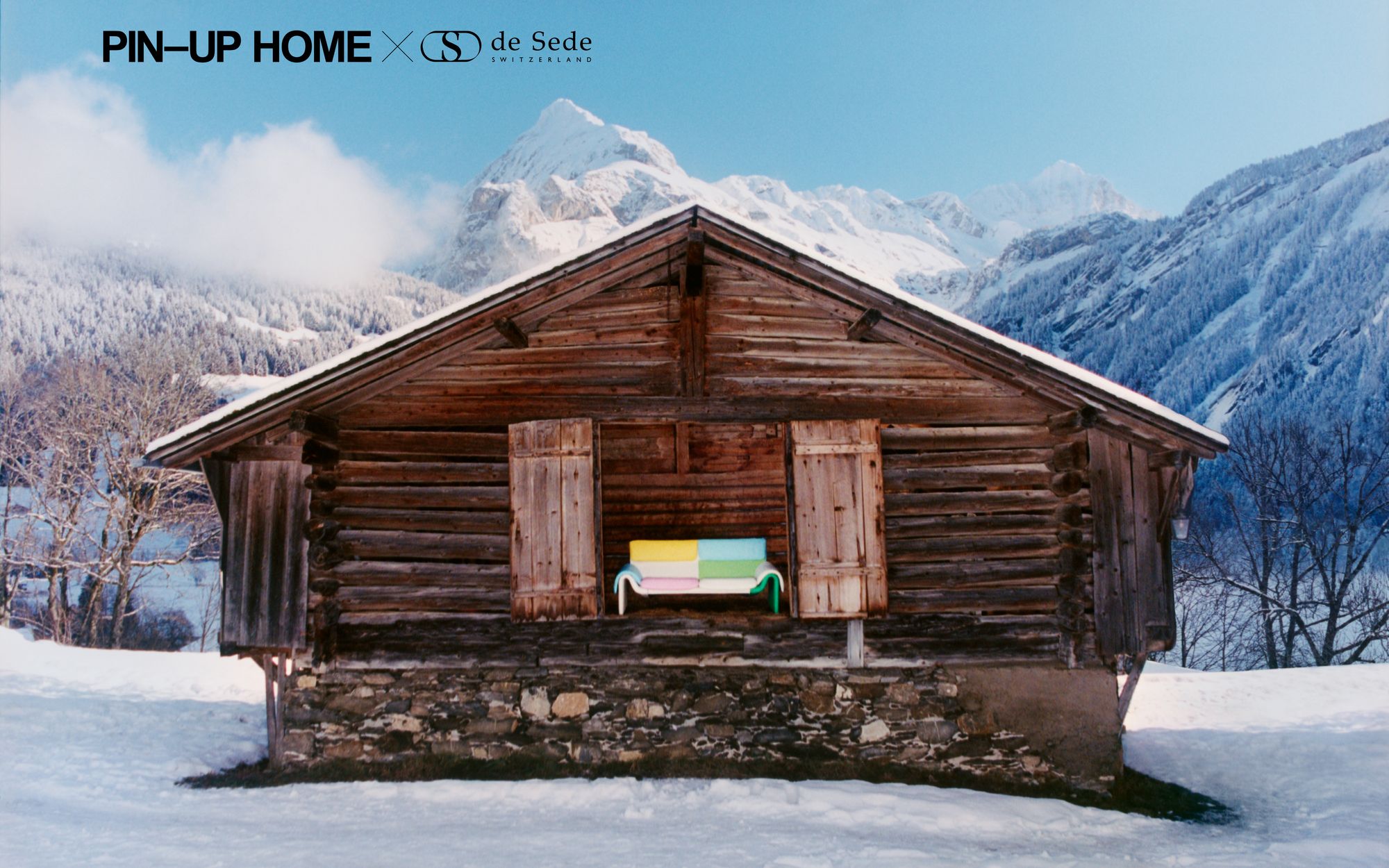

The word “environment” is often used in the same breath as sustainability, efficiency, and greenhouse gas emissions. An expanded definition of environments evokes a more profound sense of consciousness in the spaces in which we find ourselves; the objects and rituals we use as forms or tools of communication; and the terms of hierarchy — architectural and beyond. Our environments aren’t just the spaces we take up or the ones that surround us as the seasons change — they’re everything we see, say, and do.

Interview
STAYING POWER: AN INTERVIEW WITH MARY MISS

Story
BUILDING COOL BRITANNIA
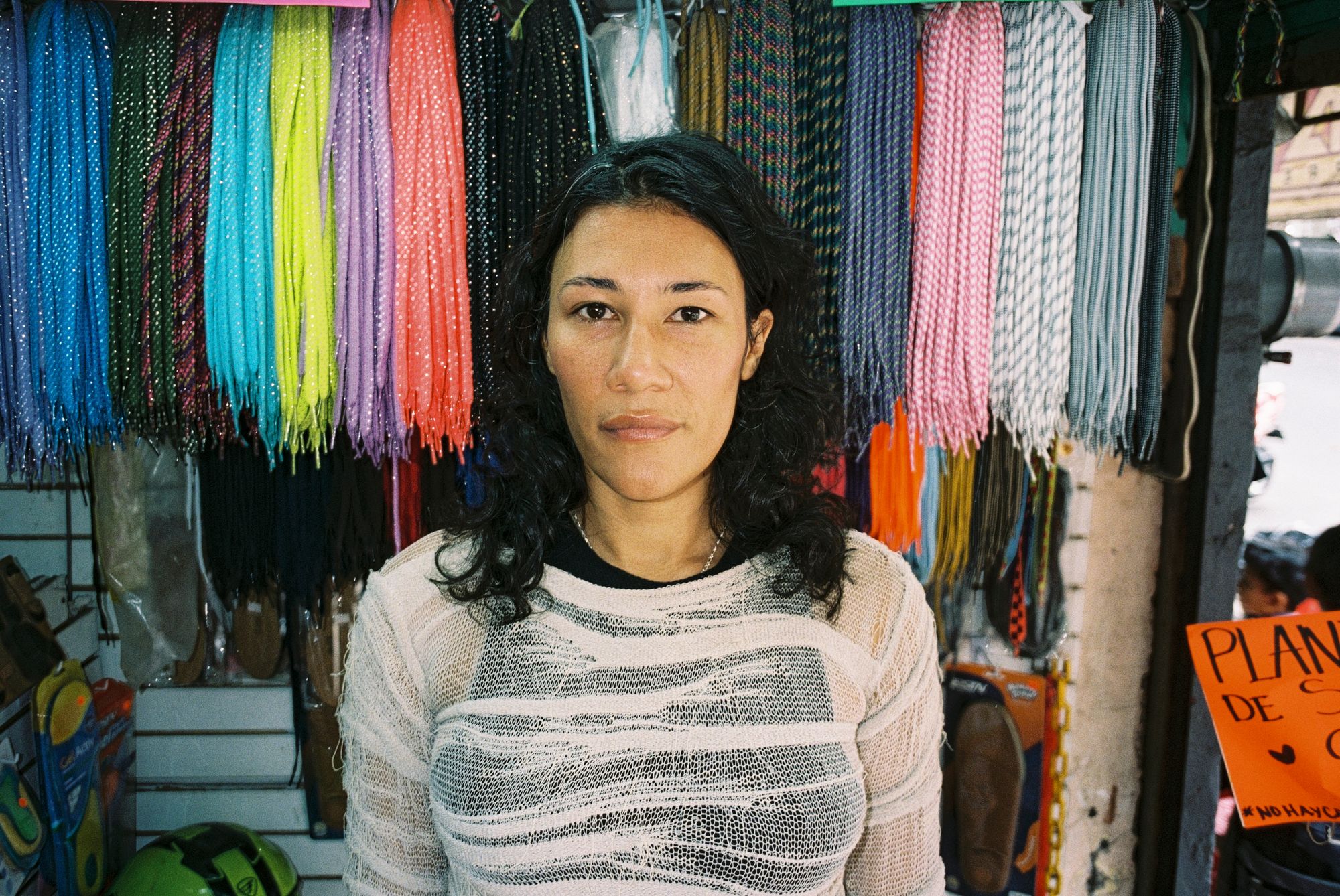
Interview
AN INTERVIEW WITH LOTTE ANDERSEN

Interview
SETTING THE TONE: AN INTERVIEW WITH JOSHUA SERAFIN

Story
PIN–UP HOME DS-2011 HARLEQUIN, A NEW SOFA EDITION WITH DE SEDE

Interview
HONEYMOONERS: AN INTERVIEW WITH ANTONI MIRALDA

event
PIN–UP IN PARIS AT CLUB FVTVR

Story
FROM THE HEART: CUORE OPENS AT THE TRIENNALE MILANO

Story
ANNA UDDENBERG’S ECONOMY PLUS
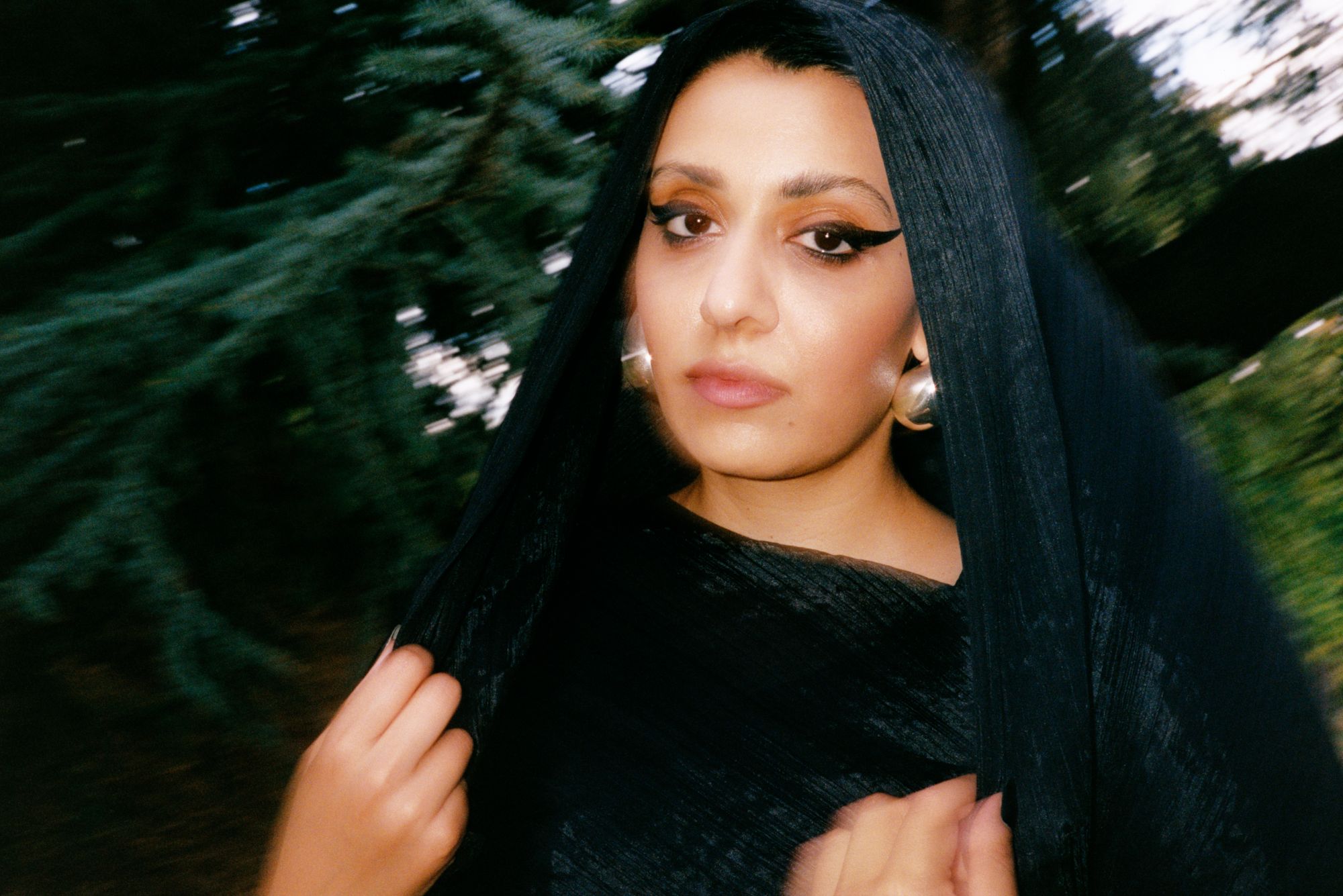
Interview
BEAUTY, RITUAL, WASHING: AN INTERVIEW WITH SUMAYYA VALLY

Story
ON THE 2023/24 SHARJAH ARCHITECTURE TRIENNIAL

The word “environment” is often used in the same breath as sustainability, efficiency, and greenhouse gas emissions. An expanded definition of environments evokes a more profound sense of consciousness in the spaces in which we find ourselves; the objects and rituals we use as forms or tools of communication; and the terms of hierarchy — architectural and beyond. Our environments aren’t just the spaces we take up or the ones that surround us as the seasons change — they’re everything we see, say, and do.

Story
DESIGN DRAFTS #2
by PIN–UP

event
AT THE SCREENING OF MOMA’S BUILT ECOLOGIES SERIES
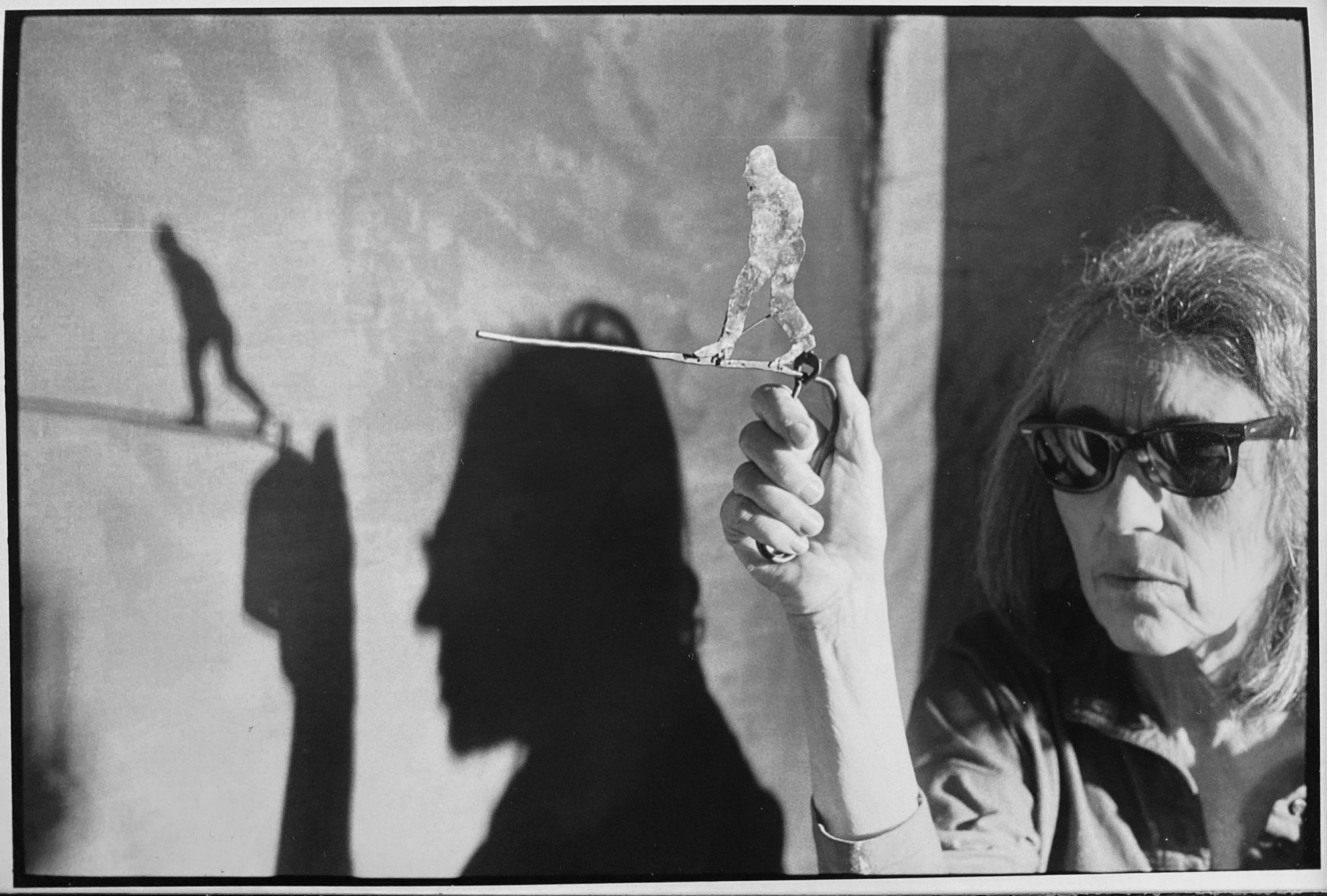
Interview
JUNE LEAF TACKLES HER SUBJECTS HANDS ON
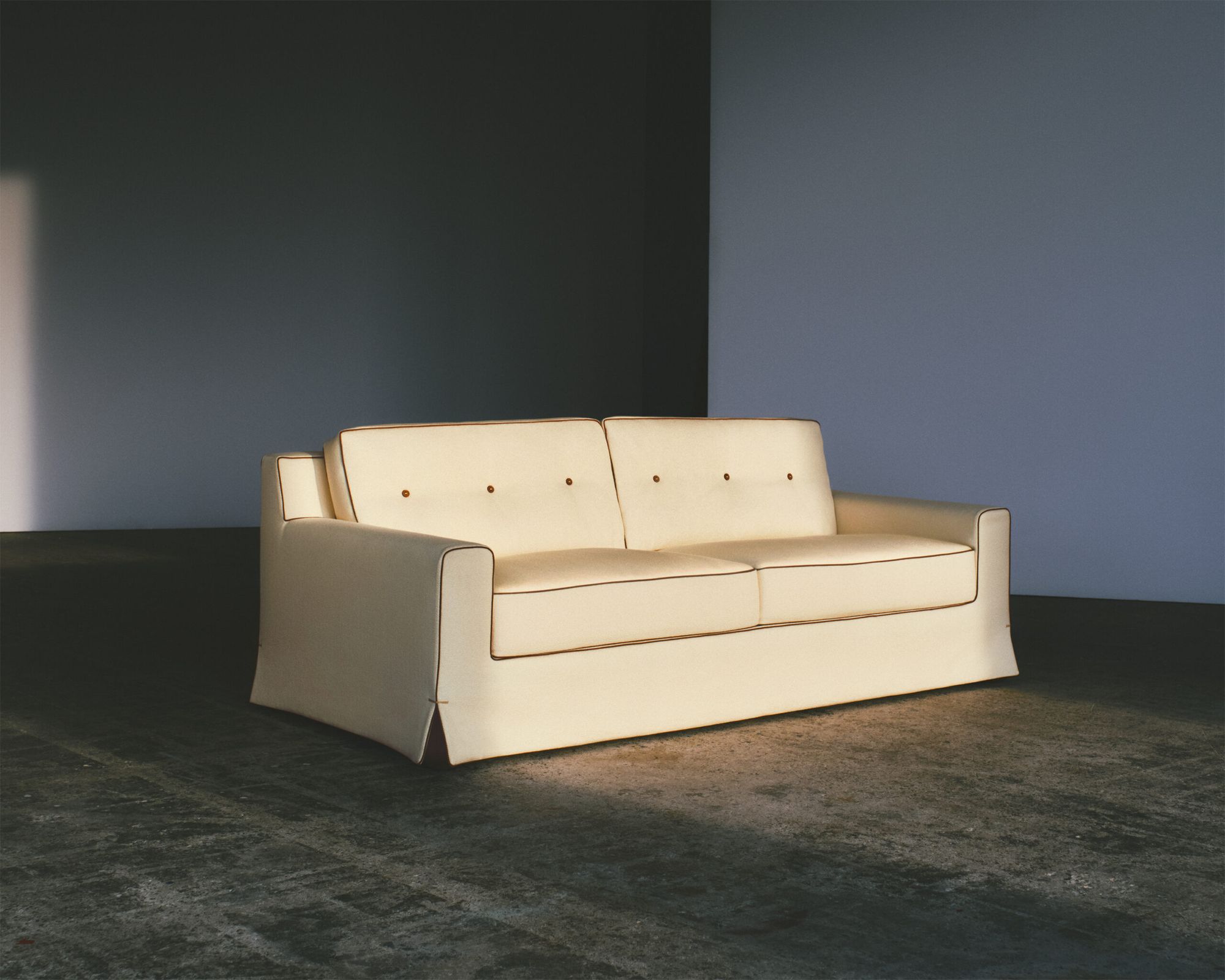
Story
MATERIAL WORLD

Interview
CHAMPION OF REASON: EMILIO AMBASZ IS HERE
by Michael Bullock

Interview
MOVEMENT IN THE METAVERSE: AN INTERVIEW WITH (LA)HORDE
by Jesse Seegers
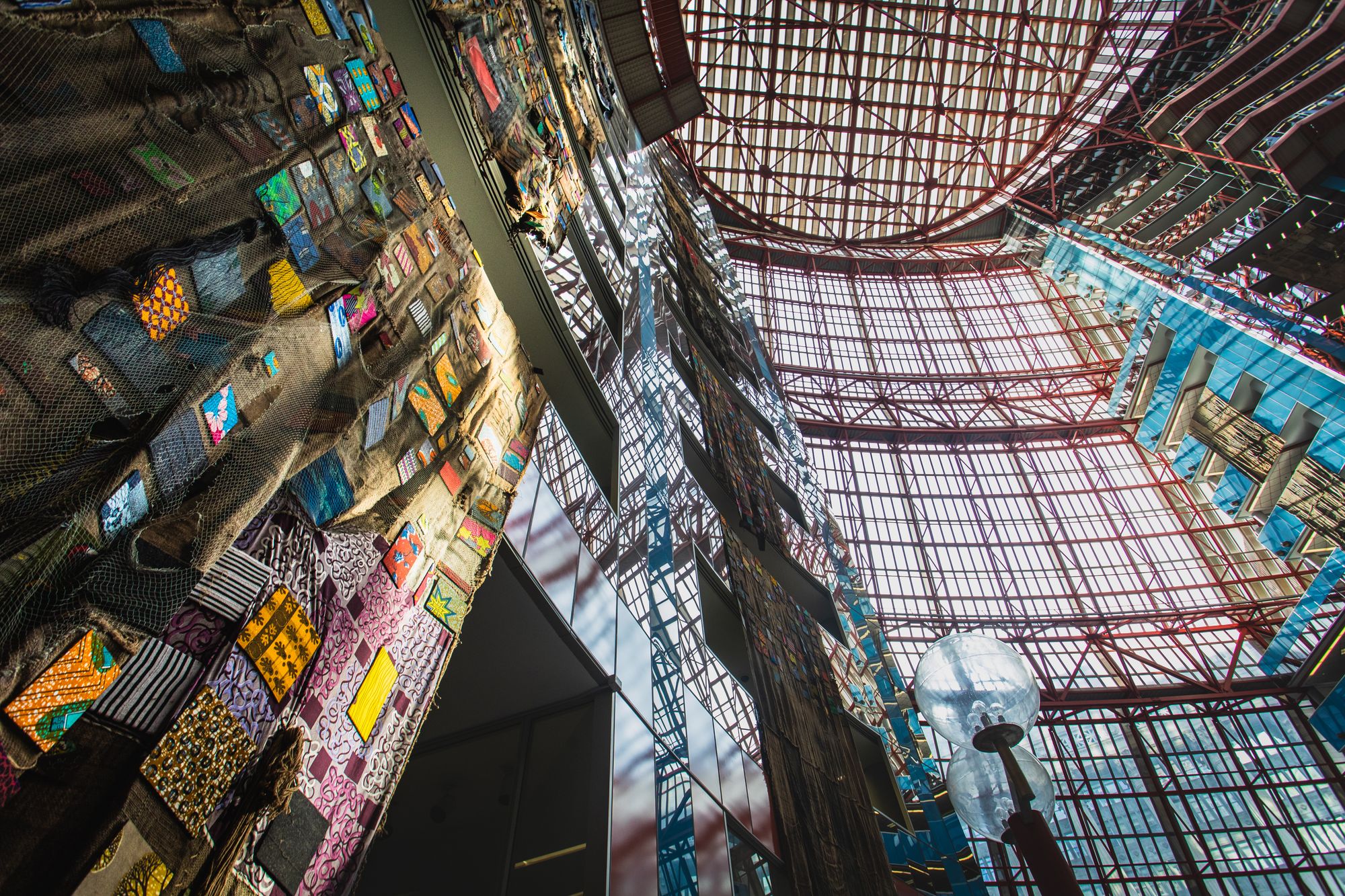
Story
IMPRESSIONS FROM THE CHICAGO ARCHITECTURE BIENNIAL

Interview
HARLEY WERTHEIMER, L.A. RENAISSANCE MAN

event
PIN–UP AND SALONE TAKE MIAMI

Story
75 YEARS AGAINST MODERNISM: ISA GENZKEN IN BERLIN

Story
FRESH TIME PIECES

Story
KAYODE OJO’S SPIRITUAL READYMADES

Story
AGAINST ENVIRONMENT: GUSTAV METZGER'S DAMAGED NATURE

Story
OZWALD BOATENG BRINGS AN EXPERT TAILOR’S EYE TO POLTRONA FRAU

Interview
ANTONIO CITTERIO’S SWEEPING TRIBUTE TO FLEXFORM AND MILAN

Story
TASHKENT MODERNISM: THE INVENTION OF THE SOVIET EAST
by Philipp Hindahl

Interview
INTERVIEW WITH THE ARTIST RITA MCBRIDE
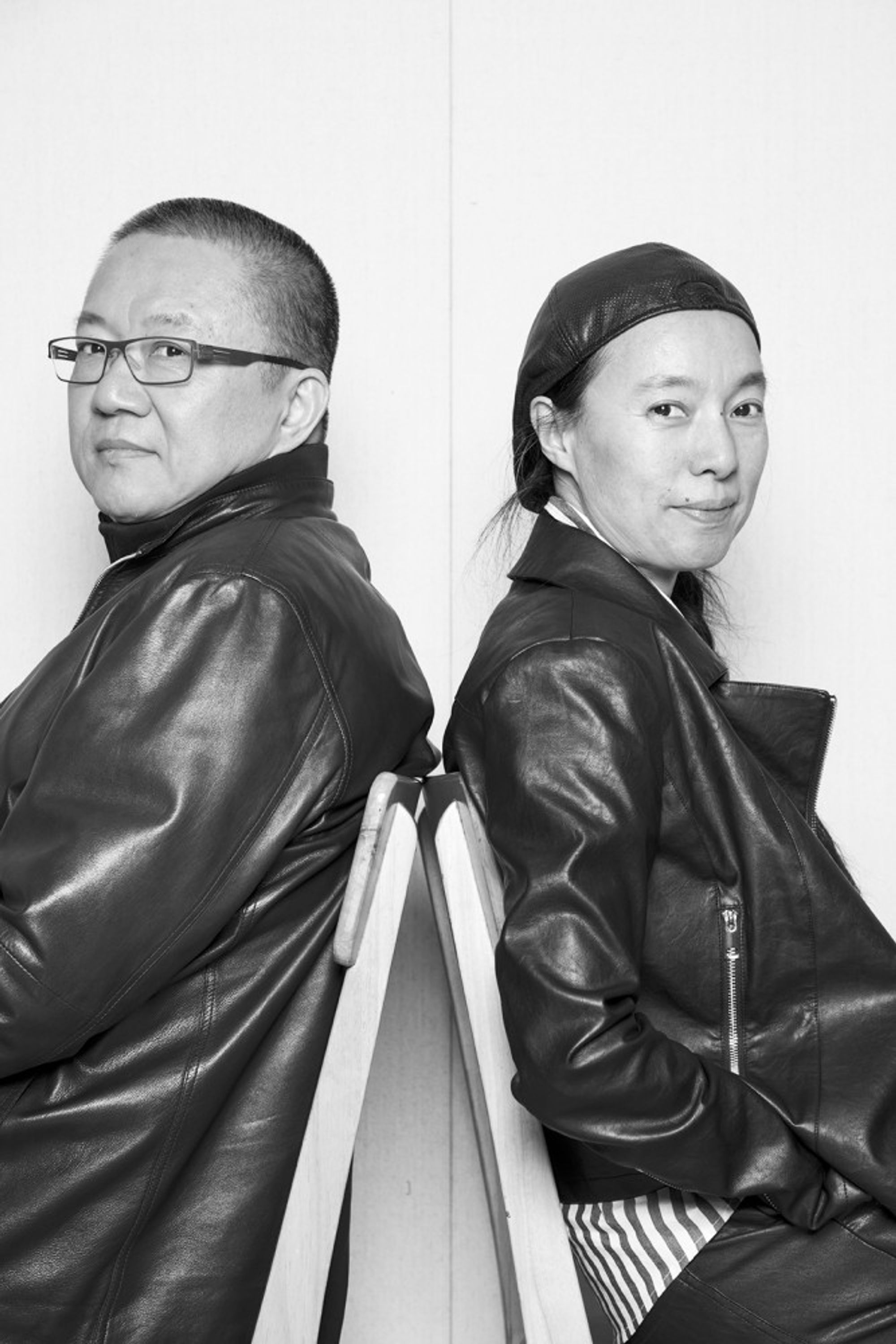
INTERVIEW: Wang Shu of Amateur Architecture Mixes MODERN AND Traditional In Changing China

Story
THE STORY OF SUPERHOUSE, STEPHEN MARKOS'S CHINATOWN GALLERY FOR CONTEMPORARY DESIGN

Story
PHILIPPE MALOUIN CREATES HIS FIRST LAMP FOR FLOS
by Nicholas Korody
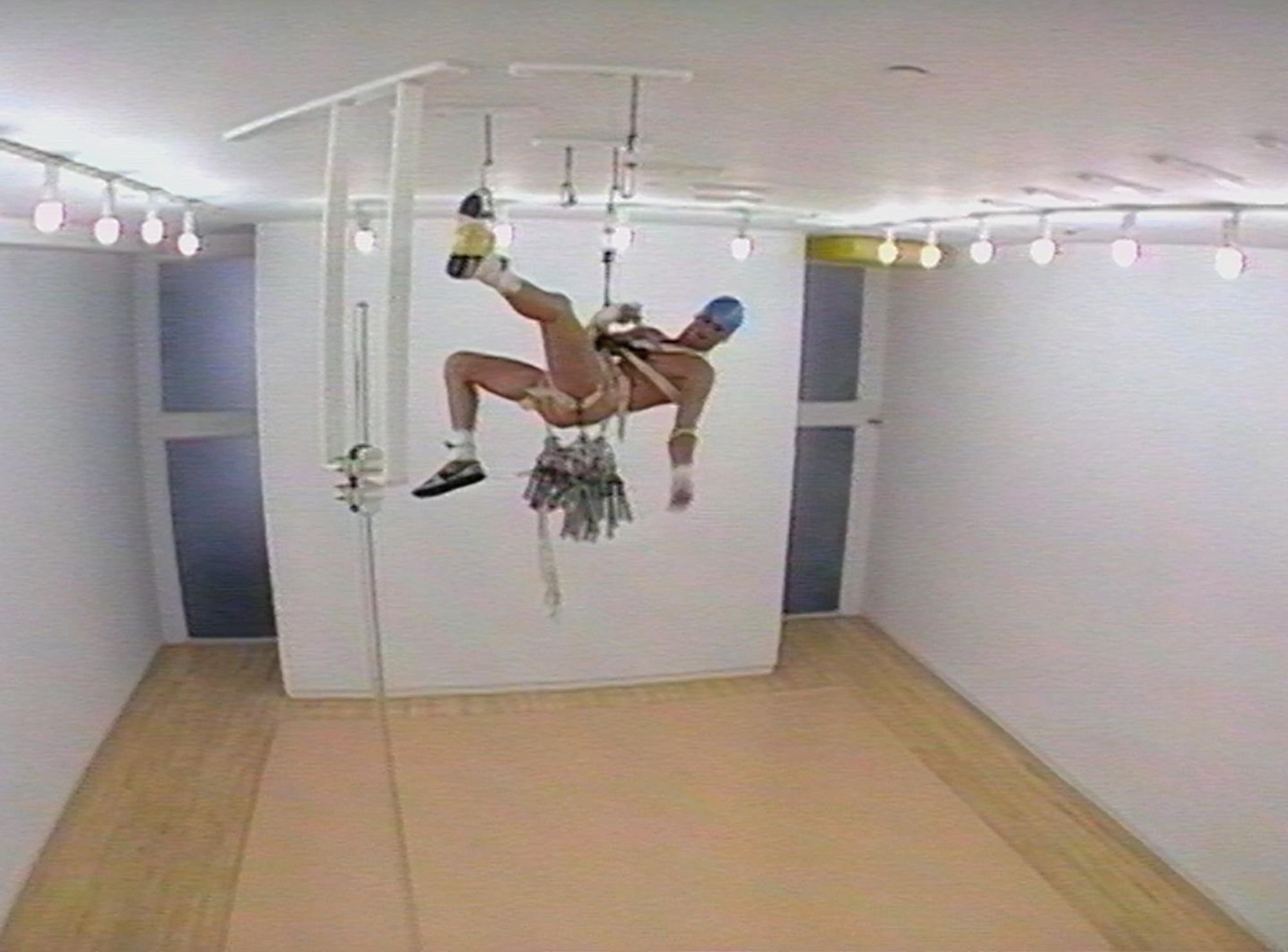
Interview
MATTHEW BARNEY IS READY TO FLEX AGAIN

Story
PIN–UP HOME X GRAU PRESENT: SALT “LEAF” EDITION

Story
ON MOMA’S “EMERGING ECOLOGIES” EXHIBITION

Story
A Performa Gala Dinner

Story
A NEW ERA FOR CHEEKY DESIGN BRAND BD BARCELONA

Interview
BEADED CURTAINS, FAMILY LEGACIES, AND THE POLITICS OF IMAGE-MAKING
by Natalia Torija Nieto
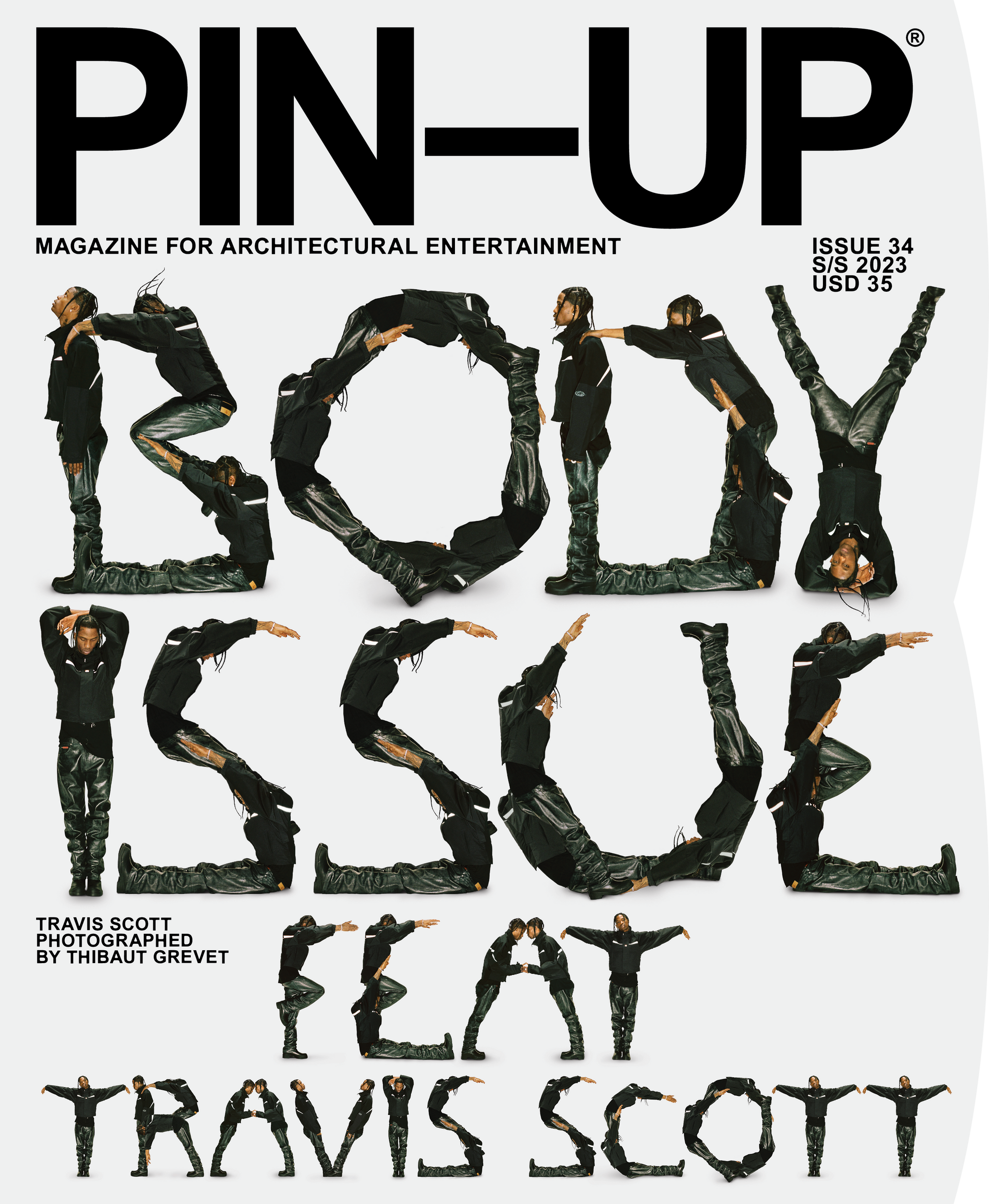
It all comes back to the body, right? Over the past decades, the conversation about human bodies has shifted through spaces, vocabularies, and theories. In this issue, PIN–UP dresses down the human form and its politics to examine a moment that, for a long time now, has been considered through the vehicle of architecture. We hope to create new points of reference through intimate conversations and posits of self-reflection.


Story
DILLER SCOFIDIO + RENFRO’s FIRST HOME IN THE HAMPTONS

Story
TWO ROBBERS, THREE BROTHERS, AND ALEX DA CORTE

Interview
MARVA GRIFFIN

Story
THE NEW IMAGE OF SOLAR ENERGY, FROM TARIFFS AND TESLA TO AKON AND BIG BROTHER
by Whitney Mallett

Story
THE DESIGN ALPHABET

Story
ON THE SCENE AT THE 2023 VENICE ARCHITECTURE BIENNALE

Story
THE TOGO SOFA TURNS 50

Story
CFGNY DISSECTS IDENTITY AND LUXURY FOR THEIR ITALIAN DEBUT

Interview
MARTINO GAMPER AND MAX LAMB
by Emmanuel Olunkwa

It all comes back to the body, right? Over the past decades, the conversation about human bodies has shifted through spaces, vocabularies, and theories. In this issue, PIN–UP dresses down the human form and its politics to examine a moment that, for a long time now, has been considered through the vehicle of architecture. We hope to create new points of reference through intimate conversations and posits of self-reflection.


Story
SAINT HERON’S NEW DESIGN FRONTIER

Interview
ALEX TIEGHI WALKER ON THE PERKS OF COLLECTING DESIGN

Interview
JONATHAN OLIVARES

Story
FREDDY MAMANI’S CHOLET CULTURE

Story
THE TIFFANY TOUCH

Story
PURITANICAL THRIFT MEETS PROGRESSIVE IDEAS ON CAPE COD’S EXPERIMENTAL ARCHITECTURE

Story
THE RETURN OF THE BAMBOLE


Story
L.A.’S NEW OLYMPIC FRONTIER

Story
A DEEP DIVE INTO THE ARCHITECTURE-BODY DISCOURSE
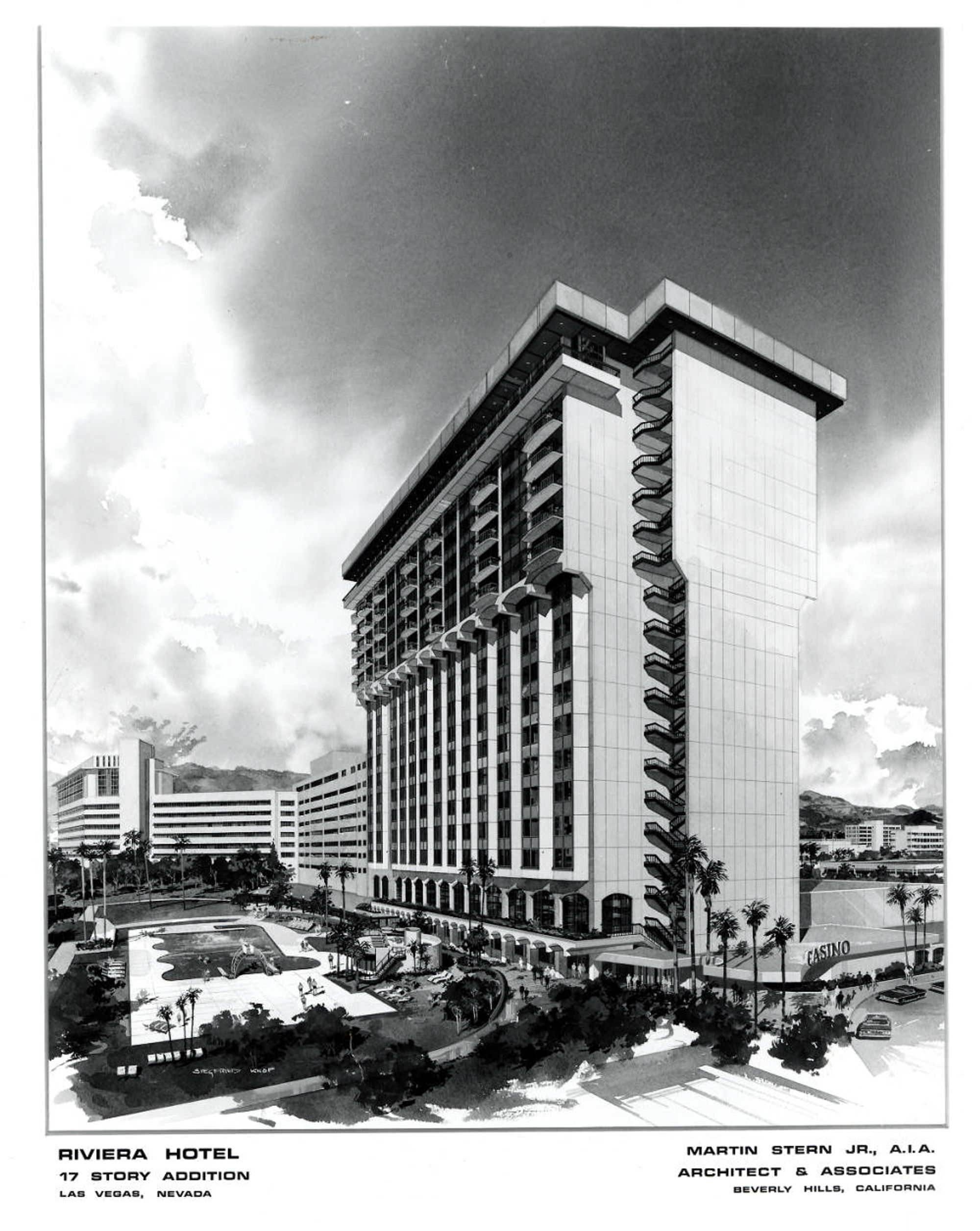
Story
THE CASINO AS THE PURGATORIAL ARENA OF AMERICAN CINEMA

Story
ROMAINE LETTUCE, E. COLI, AND THE ARIZONA DESERT’S ALL-AMERICAN CANAL

Interview
REM KOOLHAAS

Interview
CARSTEN HÖLLER ON BRUTALIST COOKING, SCIENCE, AND DREAMS

Story
BLANKET STATEMENTS

Interview
PRECIOUS OKOYOMON ON GROWTH, DEATH, AND FORESTS

Interview
ROBERT PAIGE AND DURO OLOWU
by Emmanuel Olunkwa

Story
AMERICAN OBJECTS 1776–1945
by Camille Okhio

INTERVIEW: Eric N. Mack, the New York Artist Who Paints with Textiles

Keywords
MINDY SEU ON CYBERFEMINISM, CODE-SWITCHING, AND DESIGN

Story
MIXED SIGNALS: ON LAURA KURGAN’S YOU ARE HERE: INFORMATION DRIFT

Interview
TARIQ DIXON AND PHILLIP COLLINS ON REFRAMING CRAFT, HISTORY AND BLACK ART

Story
THE ARCO LIGHT TURNS 60

Story
THE PURE AESTHETIC PRESENCE OF SEOUL-BASED CAVA LIFE

INTERVIEW: Agustín Hernández’s Futuristic Monoliths Inspired By Mesoamerican Architecture

Story
THE ART OF MEMORY: BEATRICE BONINO AT JACQUELINE SULLIVAN GALLERY

Story
NEW WAVE: A VIRTUAL EXHIBITION
by Alexander May

Interview
DIA CURATOR JORDAN CARTER ON PRESENCE VERSUS PERMANENCE

event
MIAMI ICE WITH CLUB GLAM, PIN–UP, AND SWISS INSTITUTE

Interview
INDIGENOUS ARCHITECT DOUGLAS CARDINAL ON CARE, COMMUNITY, AND HIS ARCHITECTURE’S SENSE OF SPIRIT
by Whitney Mallett

Story
A TRIBUTE TO VIRGIL ABLOH BY JAMES WINES
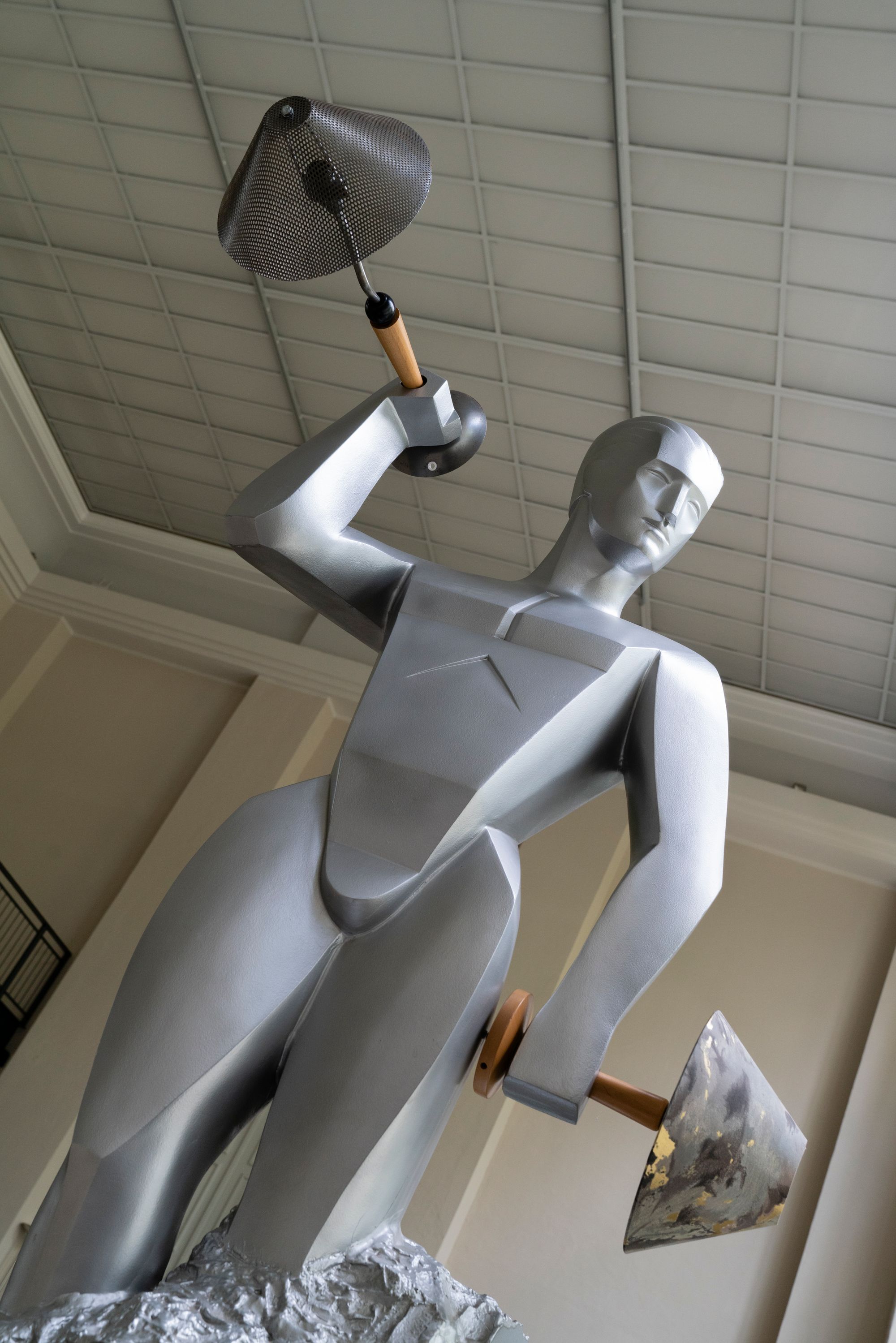
Interview
HENRIKE NAUMANN ON FASCISM IN FURNITURE, SURVEILLANCE AND THE POLITICS OF THE FLINTSTONES

Story
A SEX PAVILION FOR MADONNA

Story
FORMAFANTASMA AND QUADRO REINVENT THE OUTDOOR SHOWER

Interview
ANDY HARMAN, RUBBER BARON
by Felix Burrichter

Interview
SABINE MARCELIS ON COLORS, CLOUDS, AND INTUITION

Story
BAXTER’S NEW HOTEL ON THE SHORES OF LAKE COMO

Story
THE LANDSCAPE ARCHITECTURE OF JAMES ROSE

Story
ARTEK GIVES ALVAR AALTO'S CLASSIC STOOL A SUBTLE MAKEOVER
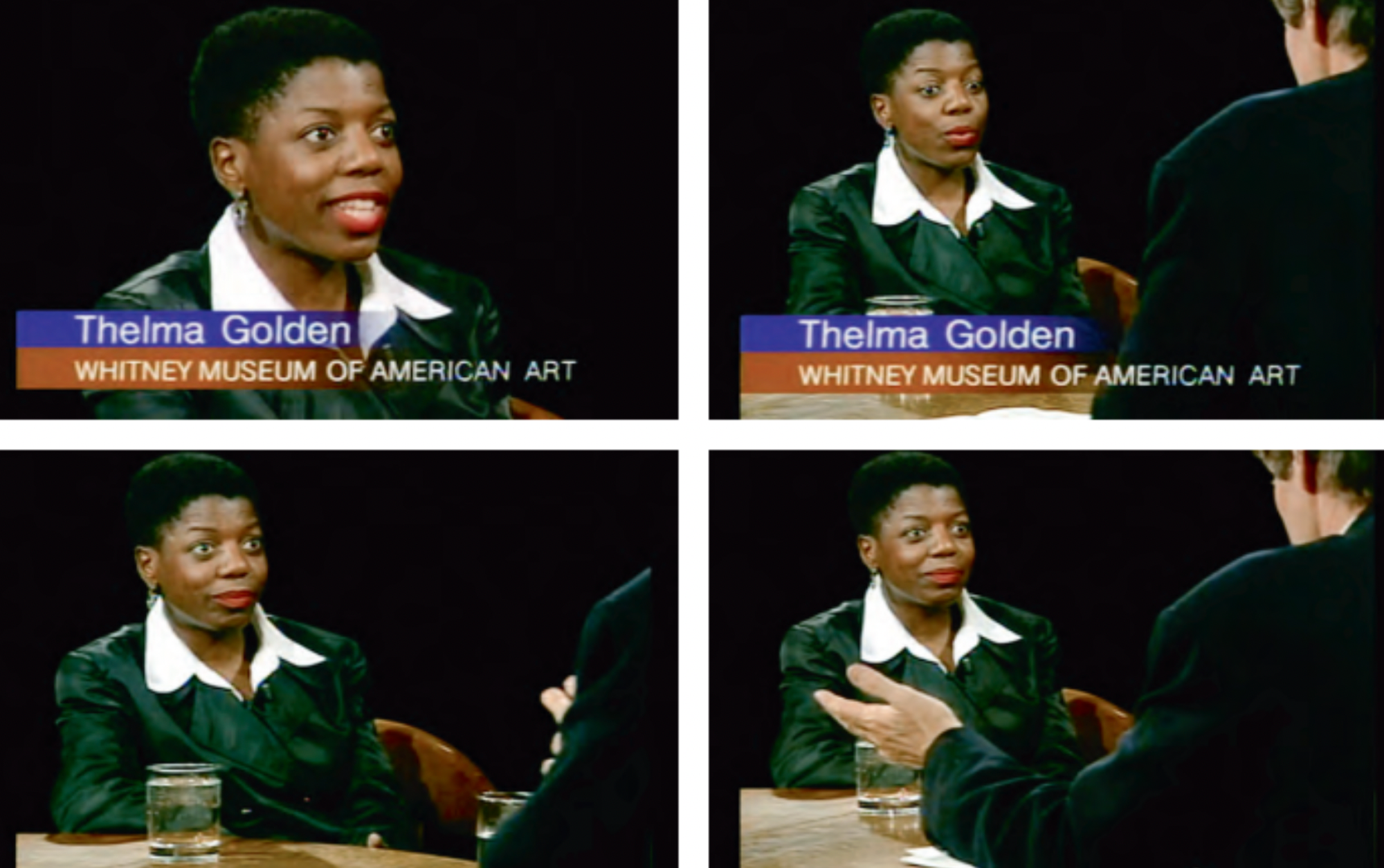
Interview
THELMA GOLDEN ON ARCHITECTURE AND ART
by Emmanuel Olunkwa
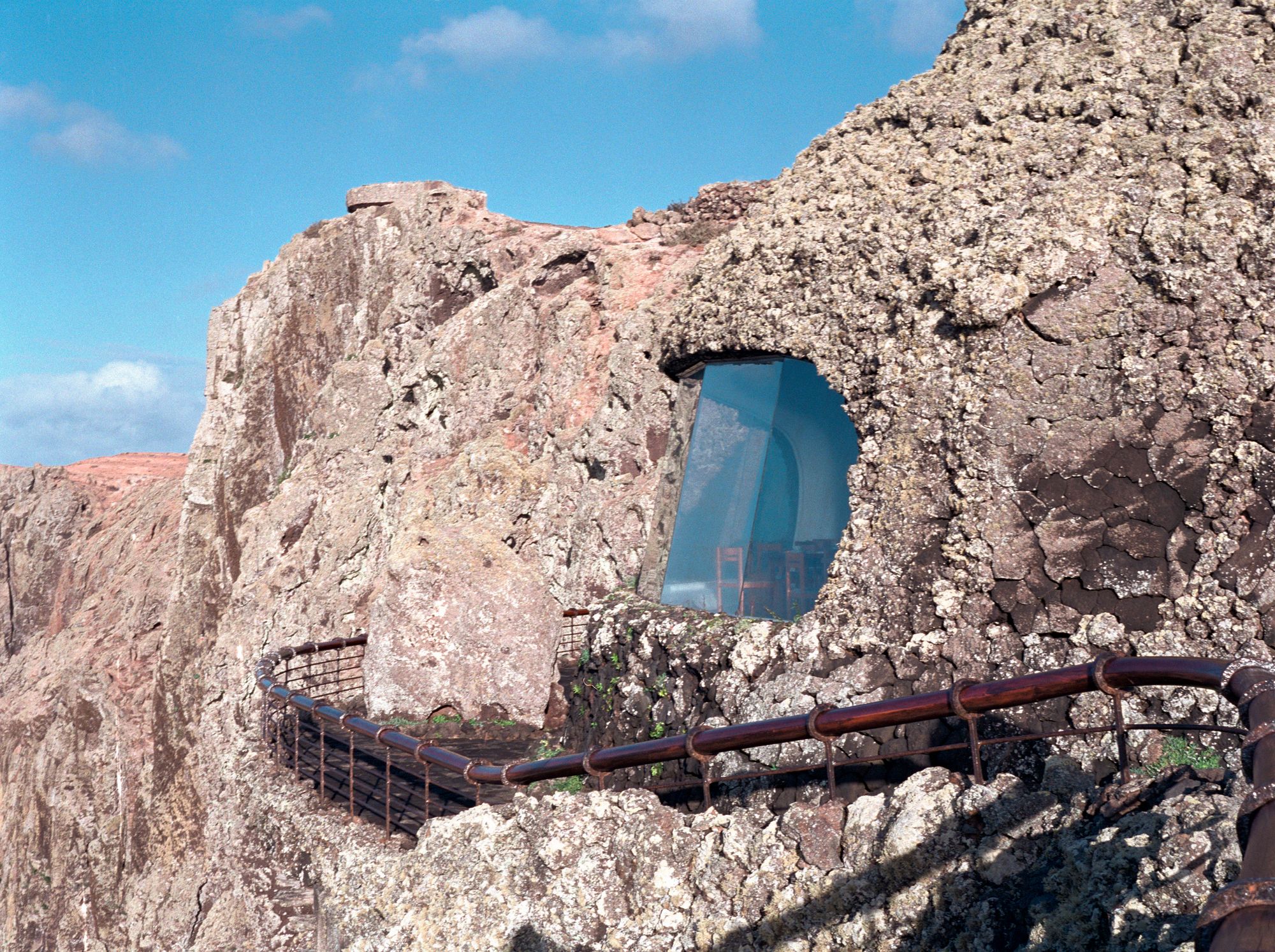
Story
CESAR MANRIQUE AND THE MIND-BOGGLING LANDSCAPE OF LANZAROTE

Story
FRONT TRIENNIAL 2022: TOWARDS A NEW DISCO

Story
UNREAL ARCHITECTURES: ON THE ARCHITECTURE OF GAMESPACE

Story
CONTROVERSY AND COLONIALISM: A SURVEY OF GERMAN EXHIBITIONS FROM BERLIN TO MUNICH

event
WOLFGANG TILLMANS X PIN–UP X CLUB GLAM AFTER DARK
by PIN–UP

Interview
WOLFGANG TILLMANS AND HIS ARCHIVE OF 1:10 EXHIBITION MOCK-UPS

Story
REEVALUATING ALDO ROSSI’S POSTMODERN VISION

Books
SANDFUTURE BY JUSTIN BEAL

Story
STATEMENT JEWELRY’S RAW APPEAL

Interview
WOMEN OF NEW YORK
by Emmanuel Olunkwa

Interview
GAETANO PESCE, THE ICON

Interview
ARTIST WANGSHUI ON A.I. SOLUTIONS AND POST-HUMAN CONSCIOUSNESS

Story
UMBERTO RIVA’S ARTFUL SWANSONG IN ROME

INTERVIEW: Joar Nango On Indigenous Architectures And Slippery Identities
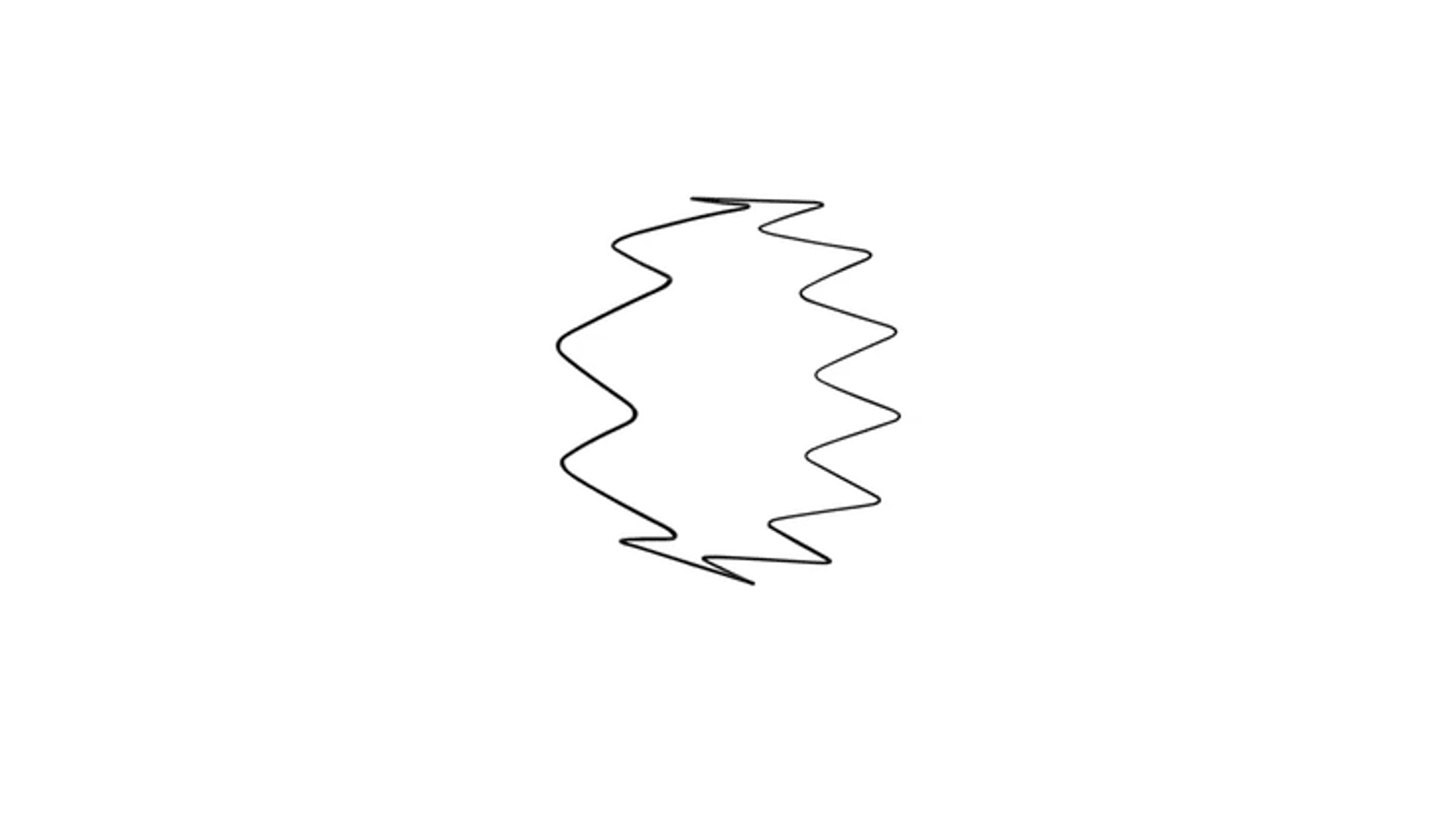
Interview
SAME OBJECT, DIFFERENT MATERIALS: JONATHAN MUECKE ON HIS SCULPTURAL DESIGN OBJECTS
by Emmanuel Olunkwa

Interview
SER SERPAS’S READYMADE RENAISSANCE

Keywords
PAUL JOHNSON ON RELIGION, RISKS AND THE RULES OF DESIGN

Story
GLASSWARE THAT WILL TURN THE TABLES

Interview
SOFT-FIRM AND THE ART OF ACTIVIST SPACE-MAKING
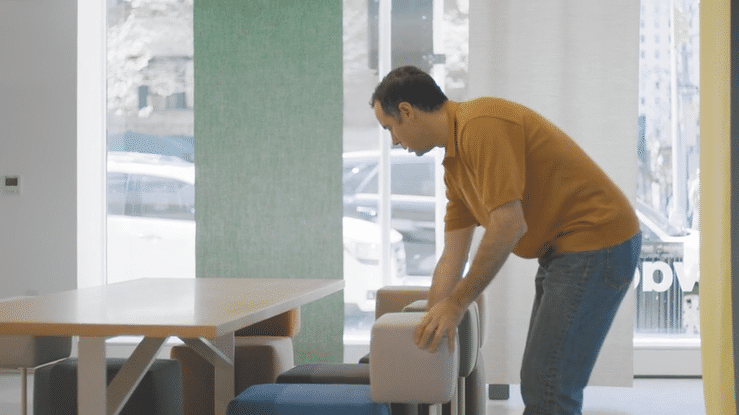
video
NOW YOU KNOW: AN ORAL HISTORY OF KVADRAT’S NEW YORK SHOWROOM BY JONATHAN OLIVARES
by Caroline Gaimari

Story
ANONYMOUS CLUB’S NEW WORLD BUILDING
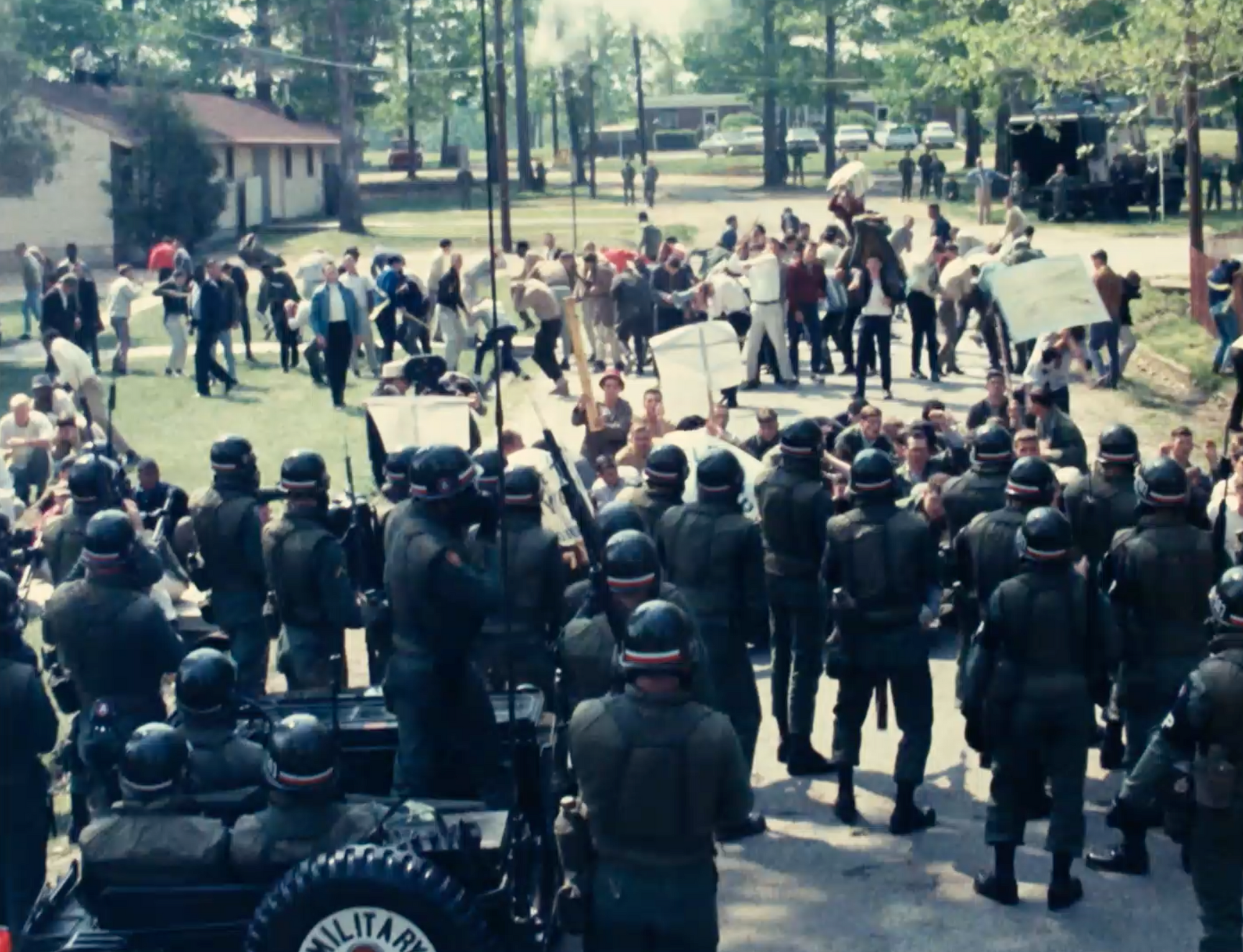
Interview
THE BLUEPRINT FOR POLICE MILITARIZATION: SIERRA PETTENGILL ON RIOTSVILLE, USA

Story
FOUNTAINEERING WITH SOFT BAROQUE

INTERVIEW: Wang Shu of Amateur Architecture Mixes MODERN AND Traditional In Changing China

HORIZONTALLY INCLINED: ONE DESIGNER SELECTS EIGHT ICONIC LOUNGE CHAIRS

Story
MAYRIT BIENNIAL 2022: BEATING AGAINST THE CURRENT

Story
ARE OUTSIDER ARTISTS THE STARCHITECTS OF THE INSTAGRAM AGE?
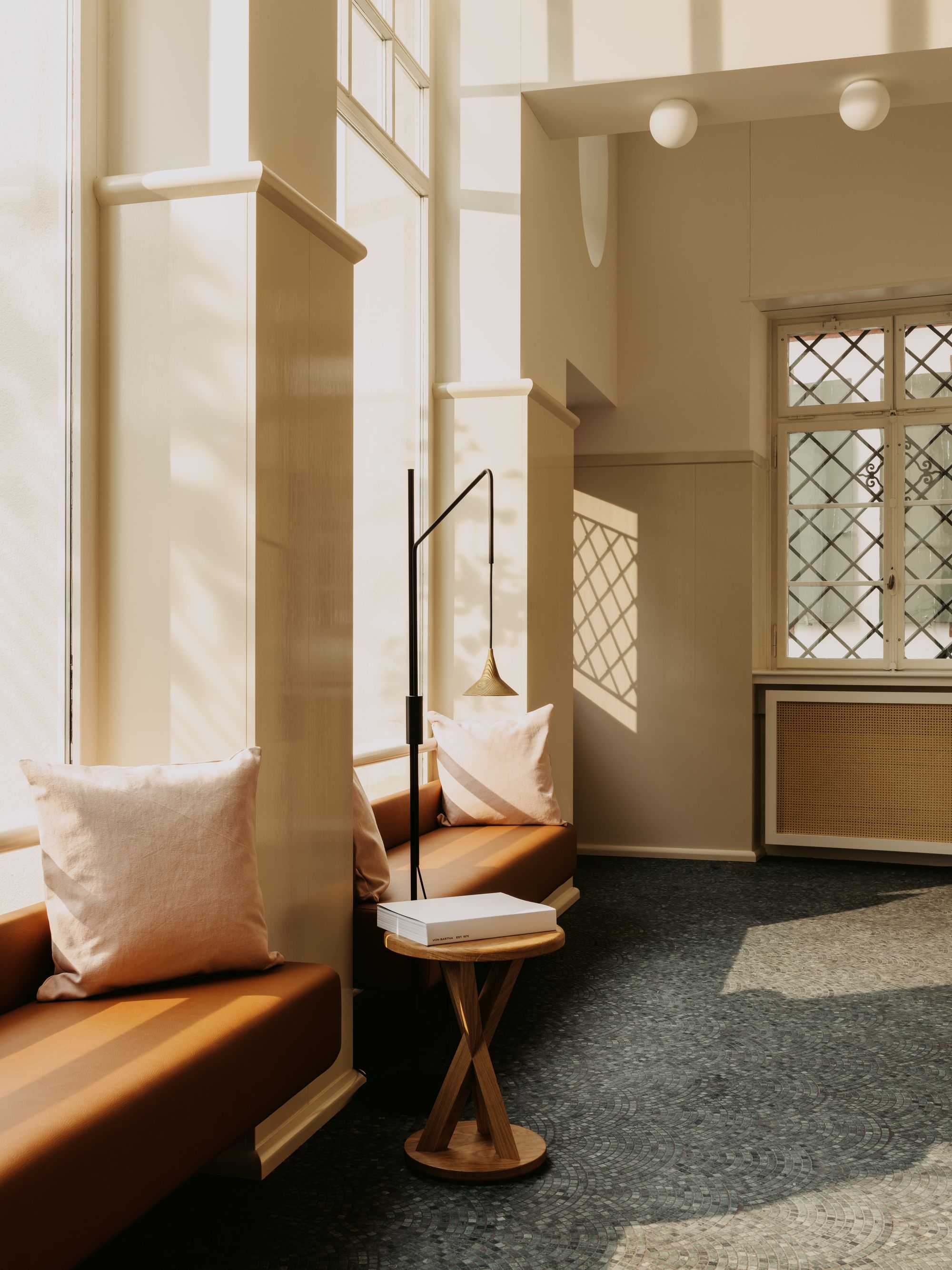
Story
VOLKSHAUS: HERZOG & DE MEURON’S BASEL HOTEL FOR EVERYONE

Story
DUTCH DUO FREELING WATERS BREATHES NEW LIFE INTO CLASSIC VERNACULAR
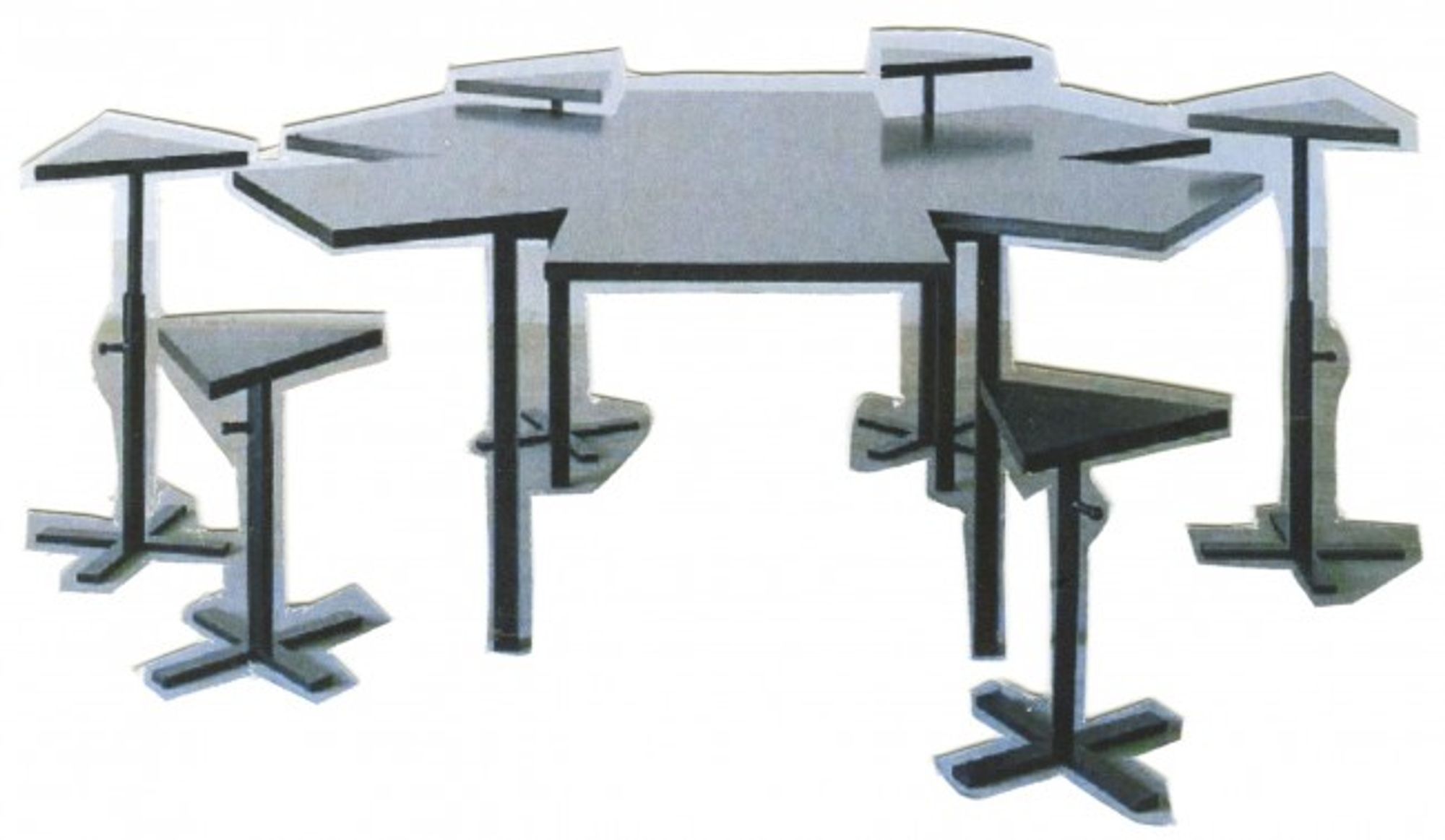
Story
META MEMPHIS: THE LITTLE KNOWN STORY OF MEMPHIS’S SECOND COMING

video
A GLITCH ART MAKEOVER FOR THE ARCHIBALD CHAIR

video
ODD MATTER’S DUNE-INSPIRED RUG WITH TIRES
by Felix Burrichter

Story
RAF SIMONS ON ART, OBJECTS, AND SHAKER ETHICS
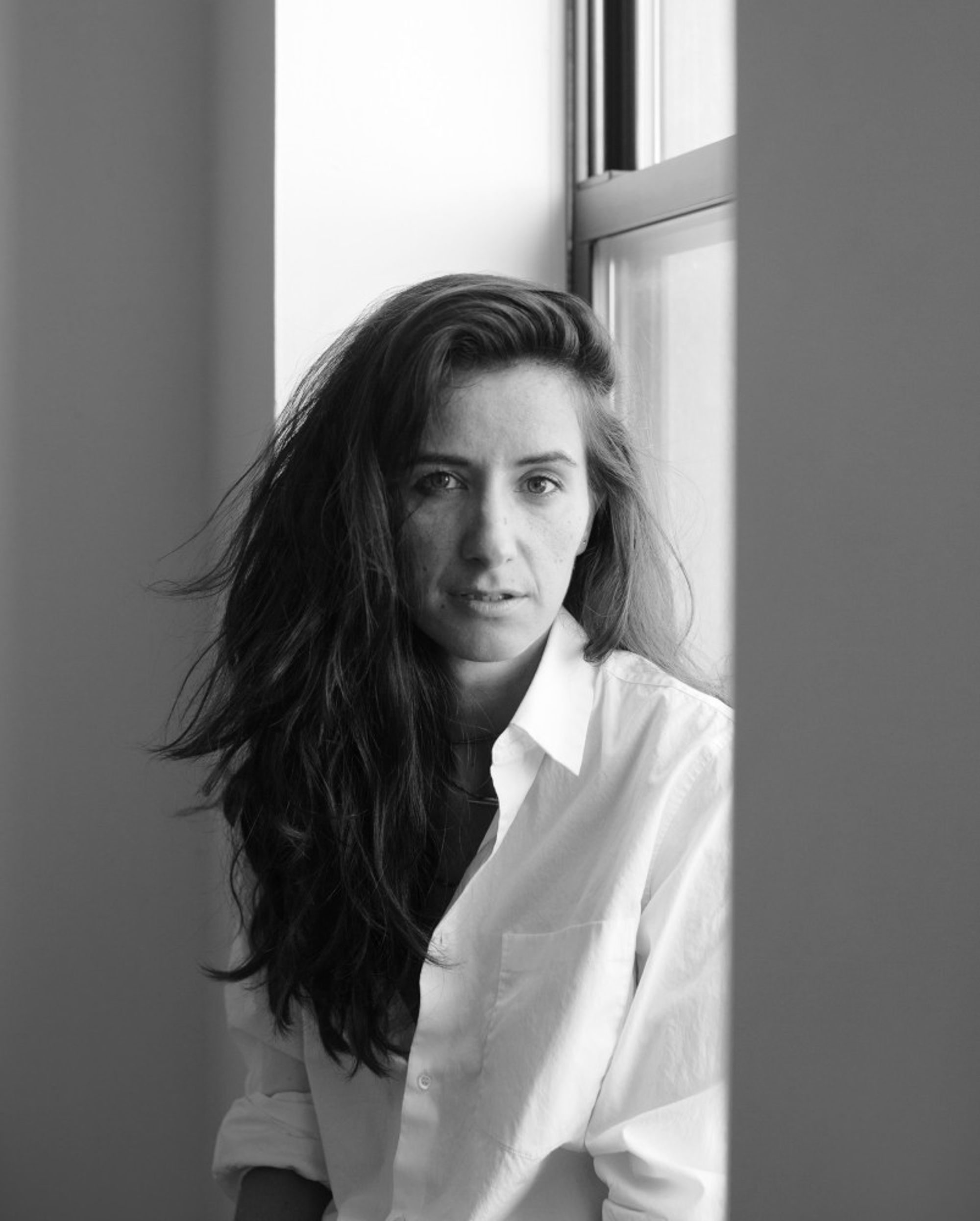
INTERVIEW: Architect Oana Stănescu Creates Vital Spaces That Bring People Together

Interview
THE CANAL STREET RESEARCH ASSOCIATION

Interview with Marie-José Van Hee, the Trailblazing Belgian Architect who shows no Signs of Slowing Down
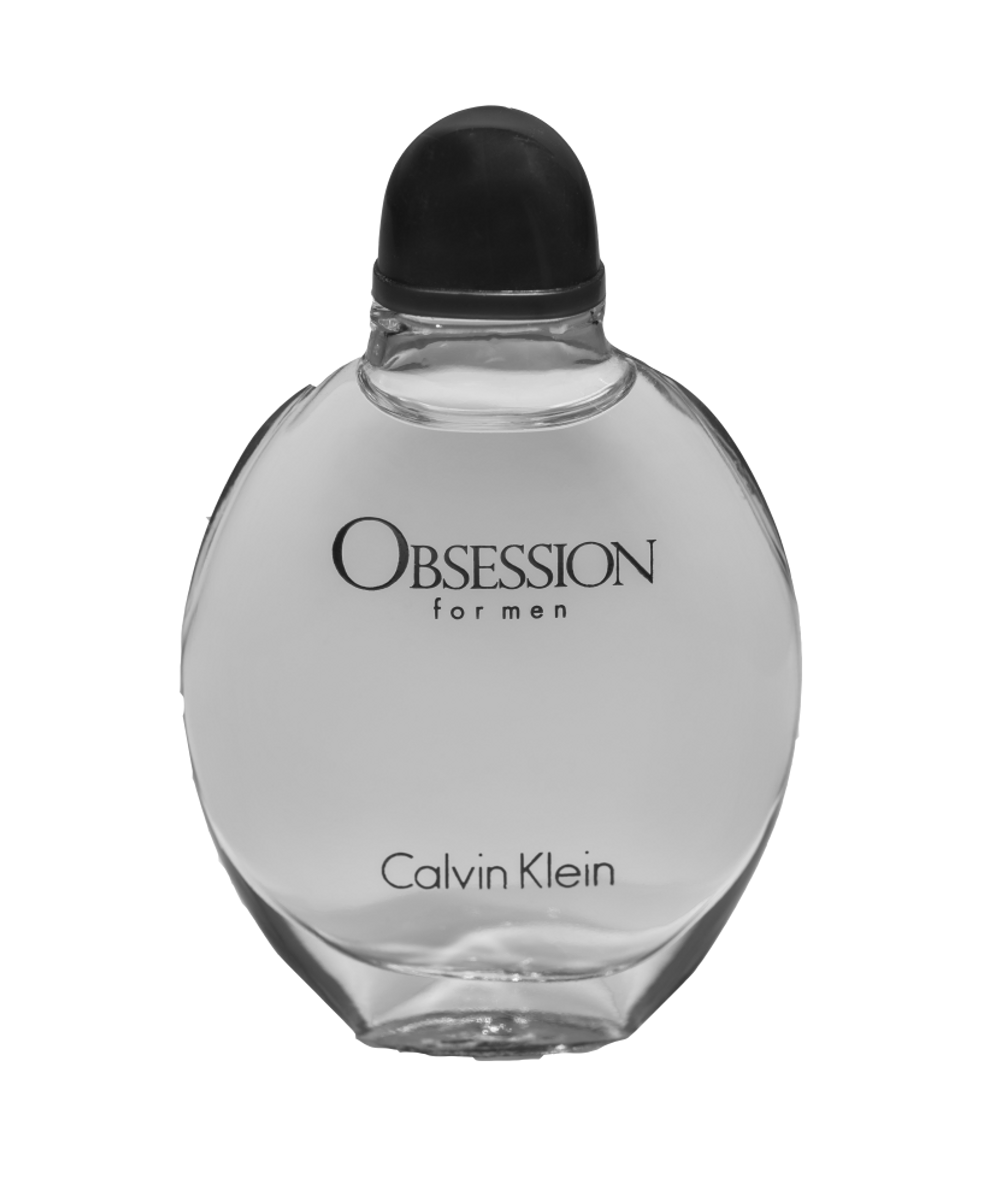
SCENTS AND SENSIBILITY: RUMINATIONS ON PERFUME’S POLARIZING NATURE

INTERVIEW: Manuela Soto Sosa On Her Anime-Inspired Home Drop And Maximalist Interior Design

Keywords
“DADDY” PLAYWRIGHT JEREMY O. HARRIS ON BEAUTY, POOLS, AND TRAUMA

Story
ERUPTIONS OF THE STRANGE: ON DAVID LYNCH’S LAMPS

Story
A RETURN TO HOME-GROWN TALENT: MADRID DESIGN FESTIVAL 2023

Niklas Bildstein Zaar and Andrea Faraguna on the Substance of their Architecture Studio sub

TOXIC POSITIVITY: The Optimism Bubbles of Tech’s New Pioneers

Story
SICK ARCHITECTURE AND THE SPATIAL POLITICS OF DISEASE

THE OTHER BARRAGÁN: An Exclusive Victor Barragán PIN–UP Portfolio

Interview
MABEL O. WILSON ON RADICAL OPTIMISM
by Emmanuel Olunkwa
WAKE UP CALL: Architectural Comfort in the Age of Passivity
TOILET ARCHITECTURE: AN ESSAY ABOUT THE MOST PSYCHOSEXUALLY CHARGED ROOM IN A BUILDING
ORTHOREXIA: An appetite for Purity From Healthy Eating To Horizon-Line-View Real Estate
ESSAY: The Eternal Return of the Primitive Hut

video
BUILT ECOLOGIES: EPISODE 2 FEATURING JOYCE HWANG
by PIN–UP

video
CAPE HOPE: ARTIST ANGELO PLESSAS CREATES DIGITAL-DETOX WEAR FOR ACNE STUDIOS

NOTHING IN MOMA: Abraham Adams’s Exaltation of Absence

video
BUILT ECOLOGIES: A NEW SERIES BY MOMA’S EMILIO AMBASZ INSTITUTE FEATURING JAMES WINES

Story
BLOOD TYPE: DOZIE KANU’S INHABITABLE INSTALLATION

Story
DIOR’S ART-FILLED FASHION FANTASY
by Philippe Jarrigeon
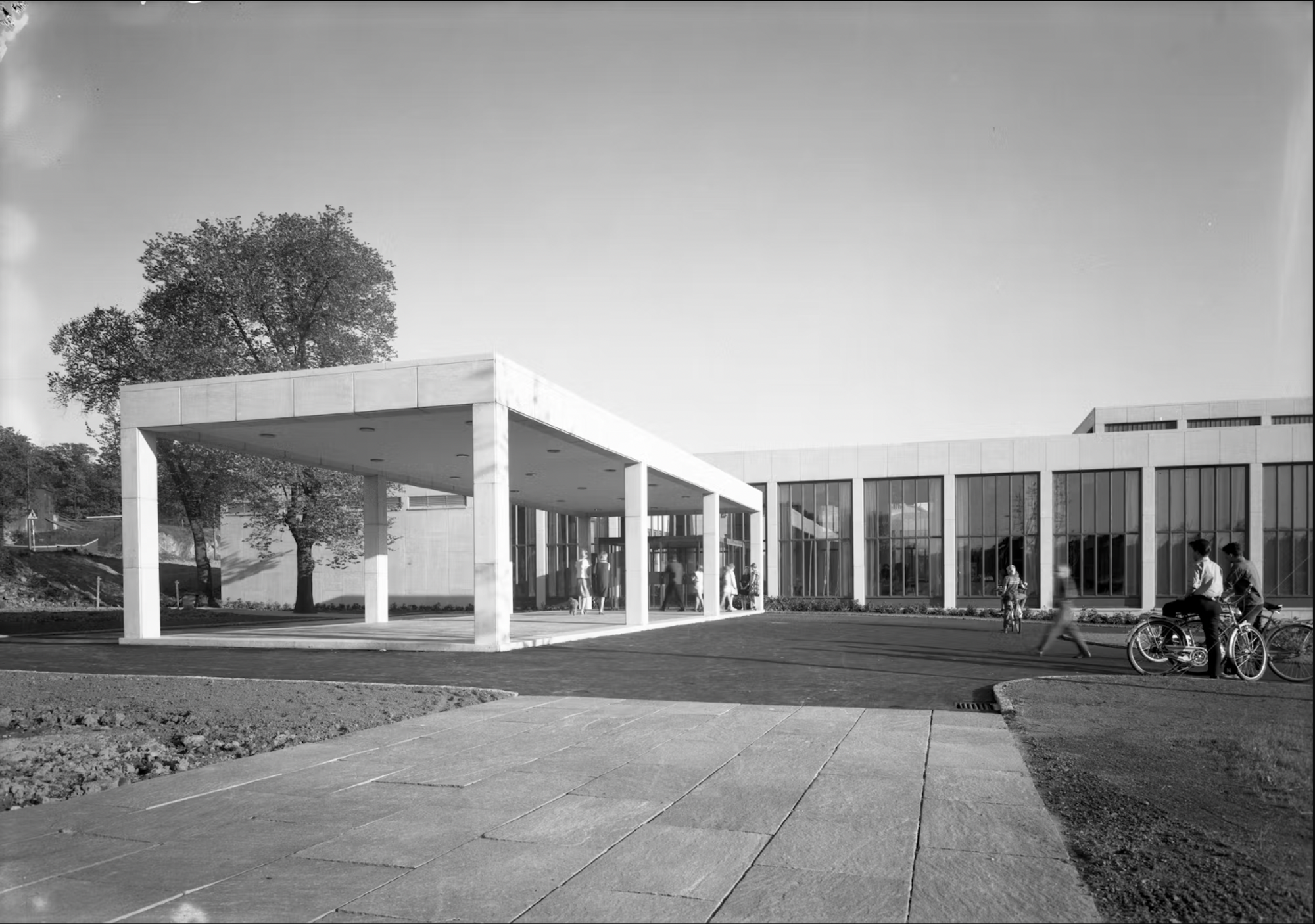
Story
HANDS-ON HISTORIES IN OSLO PROVOKE THE QUESTION: WHAT SHOULD A TRIENNALE BE?
by Whitney Mallett

Story
FREDDY MAMANI’S CHOLET CULTURE
by Thom Bettridge, Jonathan Castro
